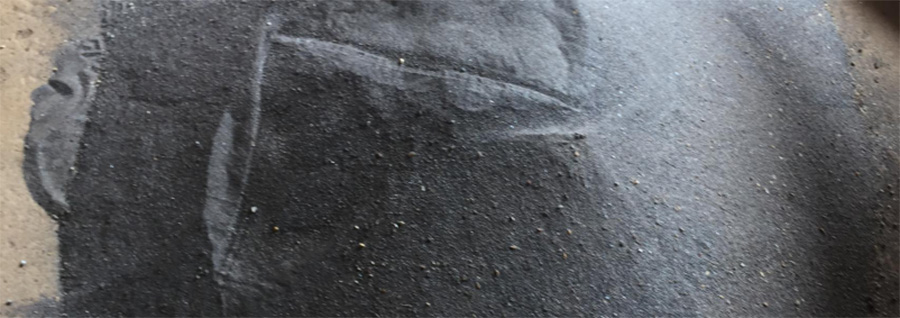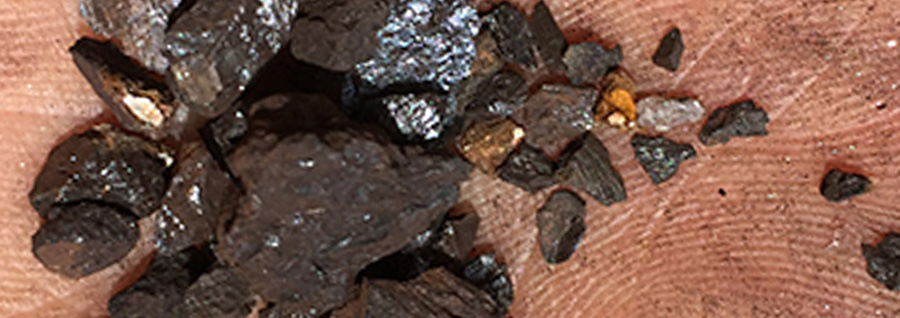Tantalum-Niobium, Tin, and Tungsten Ores: A Comprehensive Guide
Tantalum-Niobium Ore: A Rare and Valuable Resource
Tantalum-niobium ore is a sought-after mineral resource containing the rare metals tantalum (Ta) and niobium (Nb). These elements are prized for their exceptional properties, including:
- High melting points: Making them ideal for applications in extreme conditions.
- Corrosion resistance: Ensuring durability in harsh environments.
- Superconductivity: Enabling unique electrical properties.
Common deposit types include:
- Granite pegmatite: Containing coarse-grained minerals.
- Granite: Subdivided into various types based on dominant minerals.
- High-temperature metasomatic: Formed through sedimentary metamorphism.
- Carbonate pyrochlore: Primarily found in pyrochlore-bearing carbonate rocks.
- Residual slope alluvial: Occurs in alluvial deposits from eroded granite rocks.
Prospecting for tantalum-niobium ore involves:
- Geological analysis: Identifying areas with alkaline-granitoid magma activity or complex rock formations.
- Associated minerals: Looking for lithium, beryllium, tungsten, tin, and rare earth minerals.
- Geophysical methods: Using magnetic and radioactivity surveys.
- Visual indicators: Identifying signs of lepidolization, spodumene, and alliteration.
Tin Mineral Ore: A Valuable Commodity
Tin is another valuable metal primarily found in its ore form, cassiterite. Common tin deposit types include:
- Skarn: Formed by the alteration of carbonate rocks near intrusive bodies.
- Porphyry: Associated with intrusive igneous rocks.
- Vein: Occurring in veins of quartz.
- Placer: Found in alluvial deposits.
Prospecting for tin mineral ore involves:
- Geological analysis: Identifying granite-rich areas, marble, breccia, skarn, greisen, and quartz formations.
- Mineral associations: Looking for rhyolite, granite, granitic porphyry, and their contact zones.
- Heavy mineral concentrates: Analyzing heavy mineral sands for cassiterite.
- Structural features: Identifying silicified zones, quartz veins, and sulfide quartz veins.
Tungsten Ore: A Strategic Mineral
Tungsten is a critical mineral used in various industries. Common tungsten ore deposits include:
- Porphyry-type: Associated with intrusive igneous rocks.
- Skarn-type: Formed by the alteration of carbonate rocks.
- Quartz vein-type: Occurring in veins of quartz.
- Breccia-type: Found in brecciated zones within rocks.
Prospecting for tungsten ore involves:
- Heavy mineral analysis: Identifying scheelite or wolframite in water systems or soil.
- Geological setting: Identifying deep faults and intrusive rocks.
- Vein systems: Looking for tungsten-bearing quartz veins.
- Alteration zones: Identifying areas with greisenization, silicification, or skarnization.
- Associated mineral deposits: Considering copper, molybdenum, lead-zinc, rare earth, or niobium-tantalum.
Identifying tungsten ore often involves:
- Fluorescence analysis: Scheelite emits a blue fluorescence under ultraviolet light.
Additional considerations:
- Antimony-gold deposits: In areas with epimetamorphic rocks.
- Specialized knowledge and equipment: Required for successful prospecting.
By understanding the characteristics, deposits, and prospecting techniques for these valuable minerals, explorers and miners can effectively identify and extract these resources for various industrial applications.
If you have any questions about the above content or want to know more info, please contact the online service or submit your message.
Whatsapp:+86 133 1927 7356
Email:[email protected]



